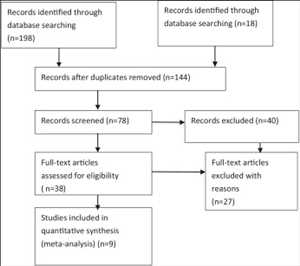In 2018, Chrome 67 for desktop launched Site Isolation to defend consumers from Spectre-akin security dangers by making it difficult for hackers to pinch info from other platforms. Now, Chrome 77 is conveying Site Isolation on Android to Chrome.
Most developers and users will not notice that Site Isolation is operating in the background, but there is a small performance exchange. To keep the feature from employing a lot of memory in the resource-limited Android environment, the mobile edition will only operate on “high-value websites” where consumers enter passwords. That might defend websites with the most sensitive info, such as shopping sites and banks, without slowing the in general experience for browsing.
Google does hope for 3–5% overhead of memory, but it commits that it is operating to enhance the behavior to keep Chrome both secure and fast. It will only operate Site Isolation on Android machines with enough amount of RAM, presently 2 GB. In coming period, it aims to convey Site Isolation to other essential websites, not just those that need a password.
On a related note, the web can be a hard place for users who have low vision or who are blind. A huge part of content on the web is visual, and unless website developers employ alt text to tag their pictures, it is difficult for consumers of Braille displays or screen readers to understand what they display.
To deal with the problem, Google has declared a new feature for Chrome that will employ ML to offer text descriptions and identify images of what they display. It is based on the same tech which allows consumers find images using keyword, and the description image is generated automatically.”The adverse state currently is that there are still billions of unlabeled pictures all over the internet,” claimed Google’s Laura Allen.





